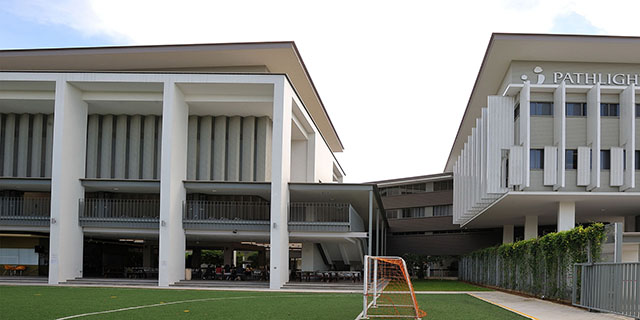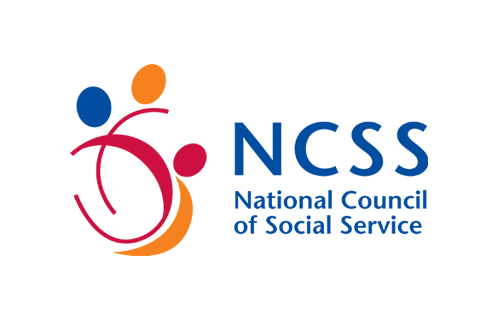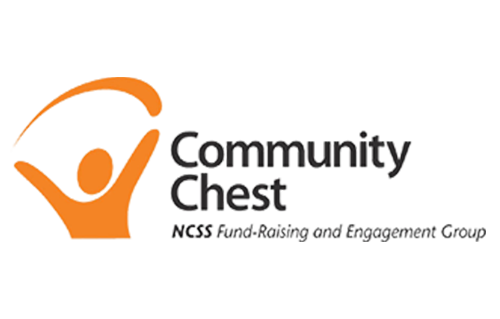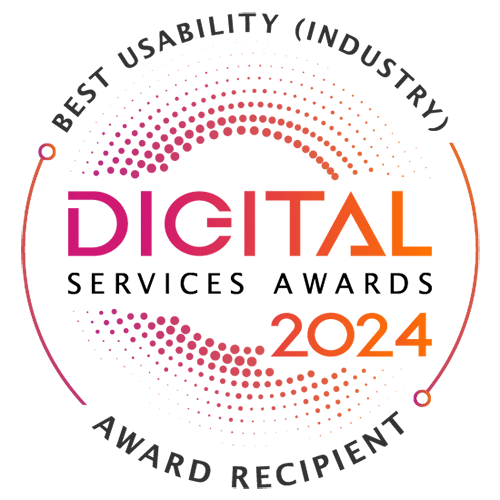What is Autism?
Autism comes from 'autos', the Greek word for 'self'. A person on the autism spectrum is commonly referred to as someone who lives in a world of his/her own.
In medical terms, autism is a lifelong, brain-based developmental condition that impacts how the individual experiences and navigates their physical and social environment.
Similar to the general population, individuals on the autism spectrum are incredibly diverse, each with their unique profile of strengths and challenges.

What Causes Autism?
Although there are many theories, no one knows the definitive answer to this question.
Some research points to biological differences in the parts of the brain that process language and information from the senses. Other research findings suggest that there may be differences in the levels of certain chemicals in the brain. Genetic factors may sometimes be involved in certain families. In reality, what we know is that autism may develop from a combination of several causes.
At present, there is no evidence that psychological or emotional factors in the environment of the child cause autism.
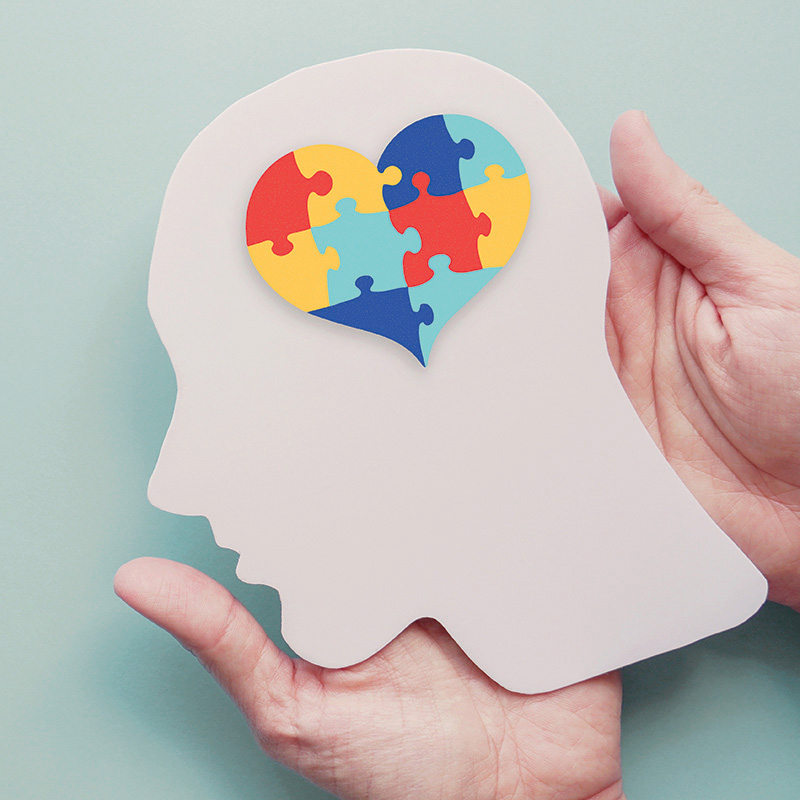
Autism is a Spectrum
In 1943, Leo Kanner was the first person to describe and name a pattern of behaviours that he observed in a small number of young children, which he termed "Early Infantile Autism". Around the same time, Hans Asperger wrote about a group of cognitively able older children and adolescents who had difficulty relating to others. This condition came to be known as "Asperger Syndrome".
These groups of individuals described by Kanner and Asperger fall within the autism spectrum. In fact, with the publication of the Diagnostic and Statistical Manual of Mental Disorders, Fifth Edition (DSM-5) in May 2013, what used to be known as autism-related conditions, such as Classic Autism, Asperger Syndrome, and Pervasive Development Disorder – Not Otherwise Specified (PDD-NOS) are now all included under the umbrella term Autism Spectrum Disorder (ASD).
Today, we also know that autism affects people in different ways. Among individuals on the spectrum, there can be differences in language abilities, motor skills, executive function and so on. Another aspect that they can be different is their level of support needs, which can range from low to high.
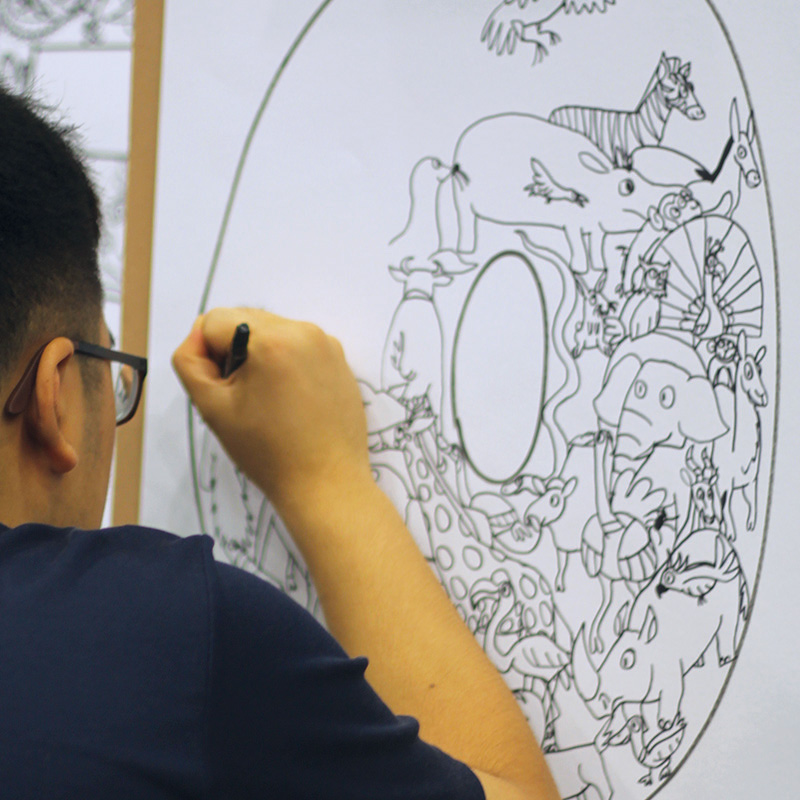
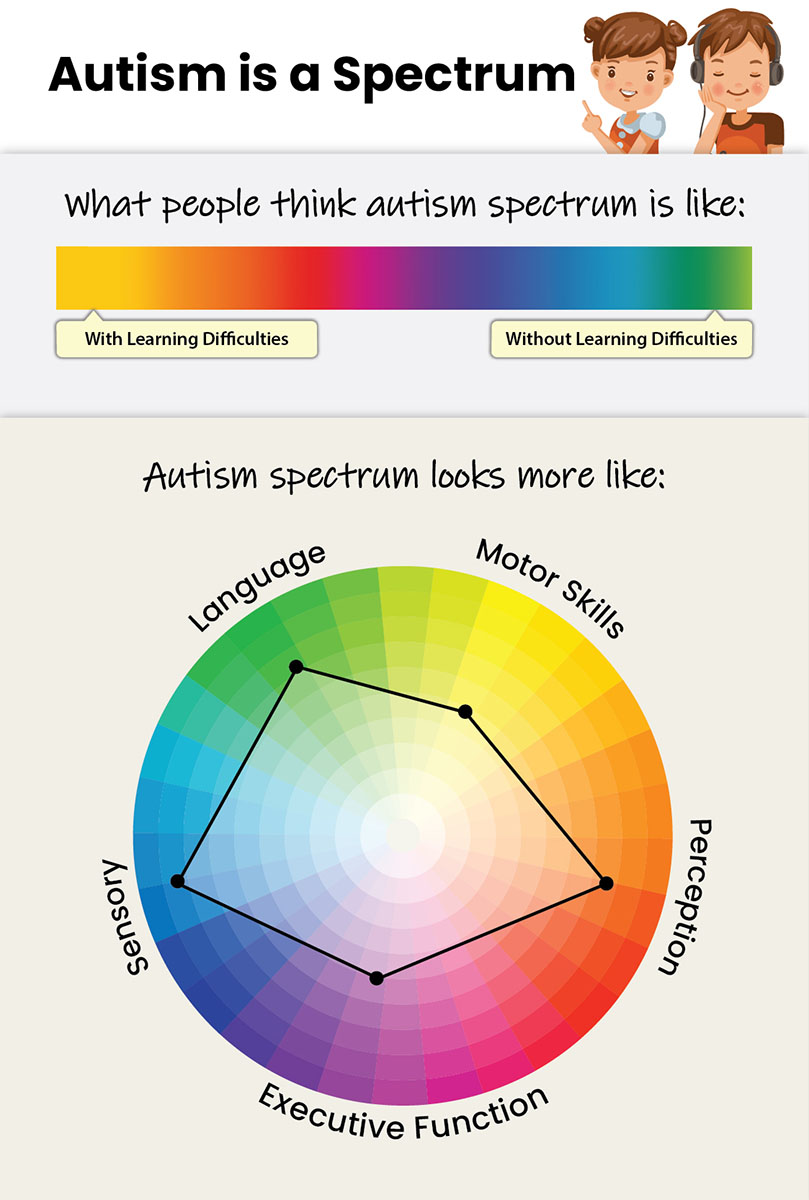
Is There a Cure for Autism?
Will My Child Grow Out of Autism?
Autism is a life-long developmental condition. It is not a disease, so there is not a cure. Children do not ‘outgrow’ autism but symptoms may lessen with intervention. Structured intervention and training can and will help individuals on the autism spectrum to acquire skills. There is a wide body of research to support the knowledge that young children experience significant improvements when intervention is started at the earliest possible age.
The learning needs for individuals on the autism spectrum are different from his/her peers. Individuals on the spectrum often require explicit instruction and repeated practice in the areas that they usually struggle with, such as social interaction, communication, self-regulation and organisation skills. Growth in these areas will enable them to live better quality lives.

